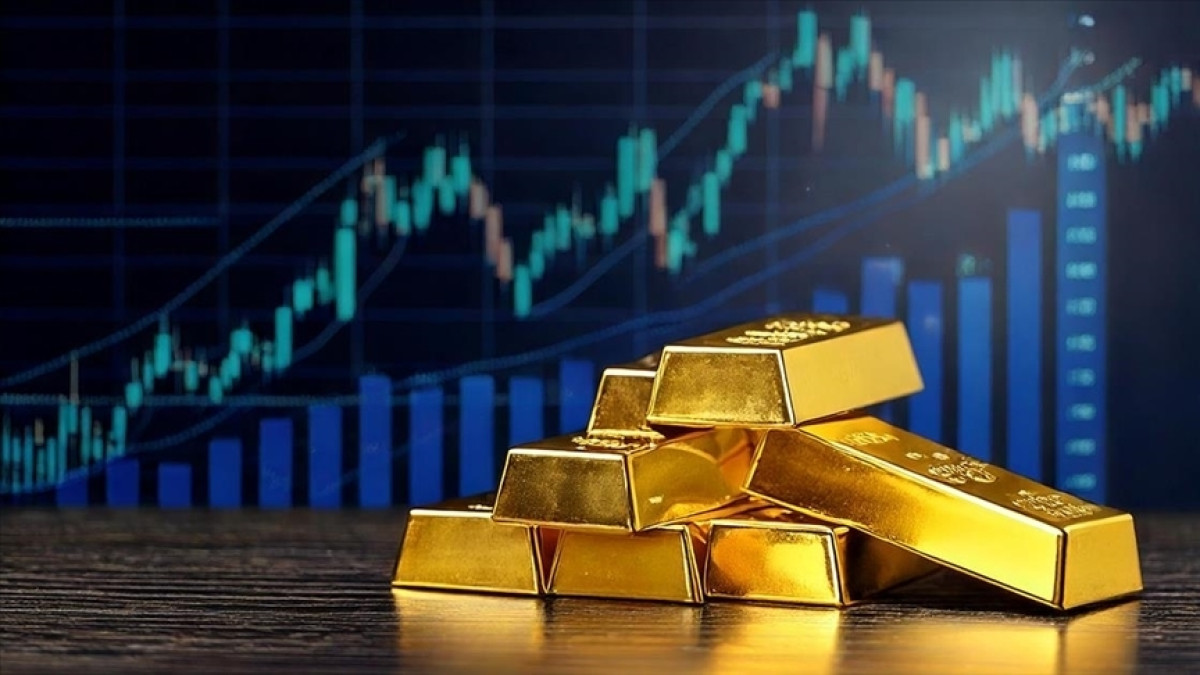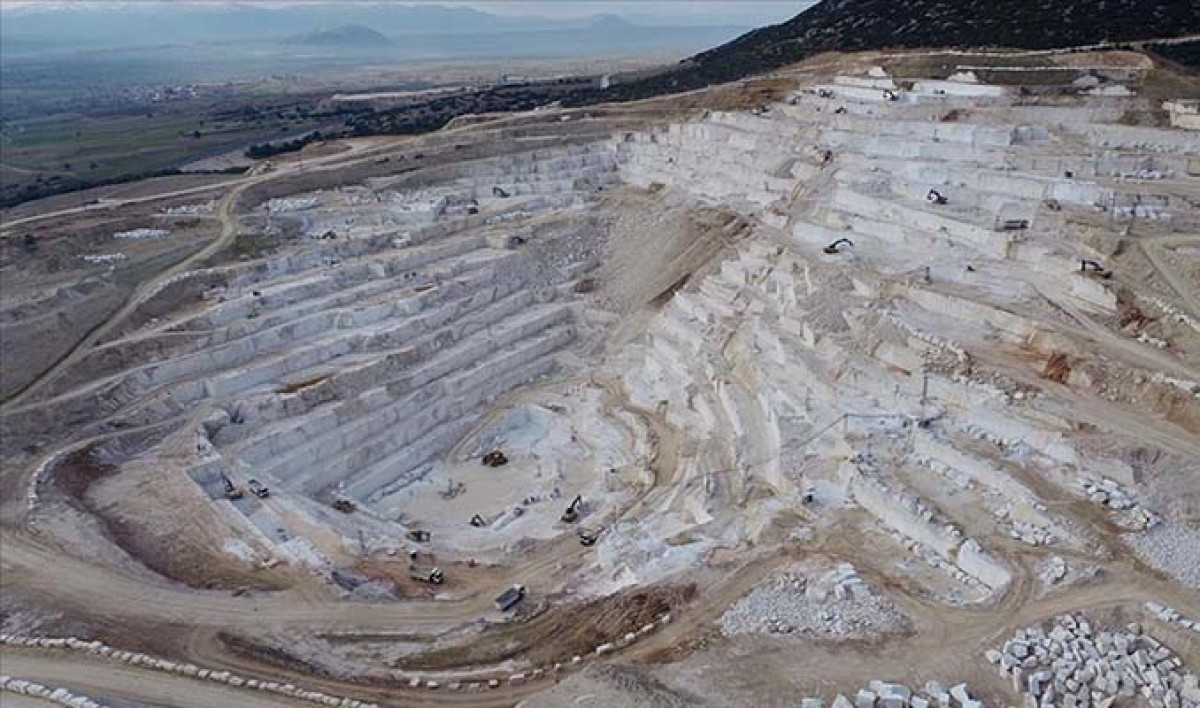Global Uncertainty and Gold Markets: The Deep Impact of Trump's Fed Move
Global financial markets are experiencing buoyant days following statements by former President of the United States Donald Trump on the policies of the Federal Reserve (Fed). Policymakers' comments on central bank independence created uncertainty among investors, while this increased demand for safe-haven assets, driving gold prices to the top. The precious metal, which is especially important for Turkish investors, is trading at historic levels, both due to developments in international markets and internal dynamics.
According to current data, the reflections of this high tension in the markets are clearly observed in gold prices:
- Gram gold selling price: 4,448.01 TSP
- Quarter Gold Sale Price: 7.303.00 TL
- Half gold selling price: 14,607.00 TSP
- Full gold selling price: 29,014.17 TSP
- Republic gold sale price: 29,080.00 TSP
These figures are an indicator of the high volatility in the market and the strong appetite of investors for gold. Trump's stance on the Fed, in particular, has fueled speculation about the future of monetary policy, increasing uncertainty about the course of interest rates, making gold without interest yields more attractive.
Trump's Intervention in Fed Policies and the Rise of Gold
Donald Trump's critical stance on the Federal Reserve's monetary policy, or hints of potential interference, have always resonated widely in the financial world. Any perceived threat to the independence of a country's central bank has the potential to create deep uncertainty and anxiety in the markets. It is vital for investor confidence that central banks independently carry out their tasks of keeping inflation under control and ensuring economic stability. Trump's previous statements on the subject, or his stance on the future, have significantly influenced the perception of risk in financial markets, leading investors to assets such as gold, which have traditionally been seen as a safe haven.
The perception that political pressure can be felt in shaping monetary policy by the central bank raises doubts about long-term economic stability. This can lead to a flight from the markets and a shift towards less risky alternatives, especially in the eyes of international investors. Gold, in this scenario, serves as a shield of protection against fluctuations in exchange rates and drops in stock markets. In environments of uncertainty, investors flock to the bottom that they believe will preserve their value, pulling demand and therefore prices up. This dynamic is the main reason why Trump's rhetoric towards the Fed led to serious increases in the price of the international ounce of gold, and therefore in all its derivatives, such as Gram gold, Quarter gold in the domestic markets. Political tensions of this kind affect global liquidity conditions, interest rate expectations and the overall macroeconomic outlook, adding to the allure of gold.
Bi-Directional Effect of the Dollar: Scenarios for a Retreat in Gold Prices
Gold prices are often inversely proportional to the strength of the US dollar, as gold is usually priced in dollars on global markets. However, markets have a complex structure, shaped by the simultaneous interaction of multiple factors rather than the dominance of a single factor. The headline states “Under the 'dollar' effect: Prices are down!” The statement reveals how this complex relationship can evolve in different directions over certain periods. On the one hand, Trump's Fed move raises demand under increased uncertainty, while on the other hand, an unexpected strengthening of the US dollar could put downward pressure on gold prices.
The appreciation of the dollar makes dollar-denominated assets, that is, gold, more expensive for holders of currencies other than dollars. This could reduce the demand for gold from international buyers and thus cause a pullback in ounce prices. The strengthening of the dollar can be caused by different macroeconomic dynamics, for example, stronger-than-expected data in the US economy, the Fed strengthening expectations for the possibility of raising interest rates, or the dollar being preferred as a safe haven as global risk appetite wanes. Such scenarios set the stage for short-term or periodic corrections within the overall upward trend in gold prices. Market players take positions by carefully analyzing both the demand for gold triggered by political uncertainties and the pressure brought by the strong course of the dollar. This two-way effect clearly reveals the dynamic and multifactorial structure of the gold market; on the one hand, the general upward momentum is maintained, while on the other hand, the immediate strengthening of the dollar can lead to temporary drops in prices. For investors, these fluctuations create buying and selling opportunities, but also make risk management more complex.
Meaning of Rising Gold Prices and Decline in Mint Production
The fact that gold prices reached record levels on global and domestic markets has also brought with it a significant secondary effect: Mints significant decrease in production. As stated in the report, the phrase “Gold prices climbed, Mint production fell by half” indicates a critical shift in the supply-demand balance in the market. The mint is a major producer of traditional investment and jewelry physical gold products in Turkey, such as Quarter, Half, Full and Republic gold. The decrease in the production volume of this institution usually reflects two main reasons: high prices reduce consumer demand or the difficulties experienced by the Mint in the supply of raw materials (unprocessed gold).
When prices reach very high levels, individual investors and consumers may stop buying or postpone their purchase, especially for gifts, savings, or traditional purposes. Although physical gold, which occupies an important place in Turkish culture, is often a preferred investment tool and gift for special occasions such as weddings and engagements, record prices naturally suppress demand in this area. High costs can cause consumers to turn to products with smaller grammars or shift to alternative investment vehicles. Therefore, the production of the Mint may be curtailed in response to this declining demand for physical gold in the market.
Another potential reason is the difficulties that the Mint itself faces in the supply of raw gold. The climbing price of ounces of gold in world markets increases the cost of raw materials for the Mint and makes production planning more complicated. If there are delays in the supply of raw materials or high costs, this can lead to a reduction in production capacity. In both scenarios, the decline in mints production should be perceived as an indicator of the overall price levels and supply-demand balance in the market. Although this situation does not create a physical shortage of gold in the market, it is a concrete reflection of the change in the behavior of local investors and the economic pressures brought by high prices. At the same time, it also provides clues to the sustainability of gold prices, suggesting that demand may fall after a certain threshold, which can also affect production.
The Future of Gold in the Markets: Uncertainty and Resilience
The current situation in gold markets stands out as a reflection of global macroeconomic uncertainties and geopolitical tensions. The price movement that began with Trump's rhetoric on Fed policies paints a complicated picture with domestic market dynamics, such as short-term retractions from the periodic strengthening of the dollar and the decline in Mint production. When all these factors come together, it proves once again just how powerful gold's safe harbor property is.
Investors will continue to closely monitor key macroeconomic indicators such as future interest rate expectations, inflationary pressures and the outlook for global economic growth. The monetary policy stance of central banks in particular will continue to play a key role in influencing the course of the dollar and therefore gold prices. As an asset that has maintained and increased its value during historically challenging periods, gold will continue to occupy an important place in portfolio diversification and hedging strategies. The sustainability of current price levels and the balance in the markets will be shaped by the economic and political developments that will take place in the coming period.
⚖️ Yasal Uyarı:Bu içerik yatırım tavsiyesi niteliği taşımaz. Yatırımlarınızla ilgili kararlarınızı kendi araştırmalarınız ve risk profilinize göre almanız önerilir.
bitcoin, finance




















.png)